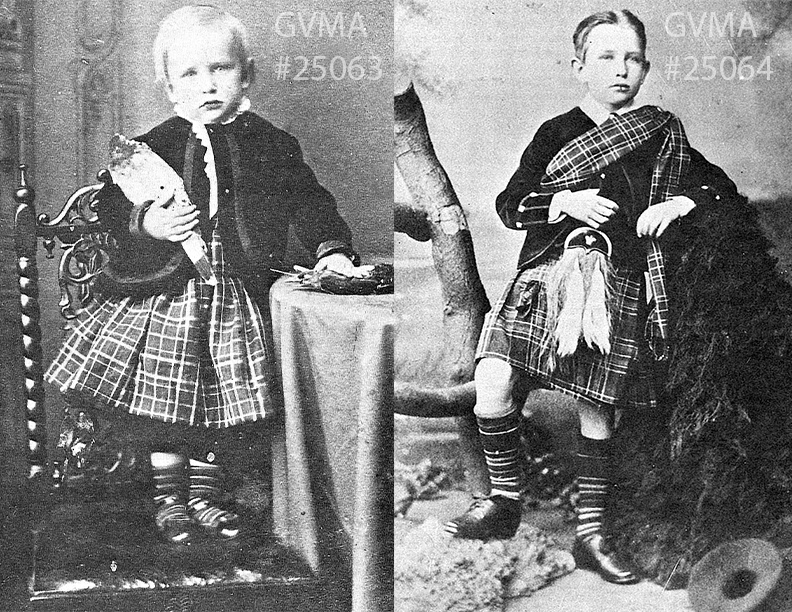The Allan Brooks Nature Centre, perched on a grassy knoll overlooking Vernon, memorializes a conservationist and artist who once called the city home.
For more than 40 years, Major Allan Brooks lived at his Okanagan Landing home, despite the fact that he was born thousands of miles away—in Etawah, India.
Allan Brooks was born on February 15, 1869, to William and Mary Brooks. William Brooks was a bird enthusiast and collected specimens extensively throughout India.
William had three sons, but it was the youngest, Allan, who showed the most interest in his father’s occupation. According to his future wife Marjorie, when Allan was only a baby, he was allowed to handle skins from his father’s collection, which he did with the care of a born naturalist.

(Left) Allan Brooks at the age of two in India, and (right) Allan Brooks, aged eight, in England.
At four years old, Allan was sent to Northumberland, England, where he lived for the next eight years. As a boy, he was mentored by John Hancock, considered the father of modern taxidermy, who taught him skills like egg-blowing, butterfly collecting, and botany. Unlike his fellow school-aged children, Allan did not have much use for games, and instead used his free time to explore the moorland around Northumberland.
In 1881, William Brooks, now a widower, moved his three boys to Milton, Ontario. It is there that the teenaged Allan began to fully explore ornithology. When he was 16, he visited Thomas McIlwraith, a founding member of the American Ornithologist’s Union, in Hamilton, Ontario. The following year, Allan Brooks made the first of several important discoveries in the form of a passenger pigeon colony nesting only a few miles from his home.
When Allan Brooks was 18, the family moved to a farm in Chilliwack, British Columbia, a location rich in bird and mammal life. Allan took the opportunity to expand his skills in sketching and painting, hinting at the artistic career to come. Despite his many youthful adventures, Allan’s happiest memories were of the trips he took with his father to Burlington Bay on Lake Ontario, home to many rare bird species.
Although Allan Brooks experienced several life-changing events after reaching adulthood—from working as a trapper in B.C.’s interior, to representing Canada at the 1914 National Rifle Matches in England, to serving overseas during World War One—he may be most remembered as the celebrated artist and naturalist who lived out his last years in Vernon.
Gwyn Evans
